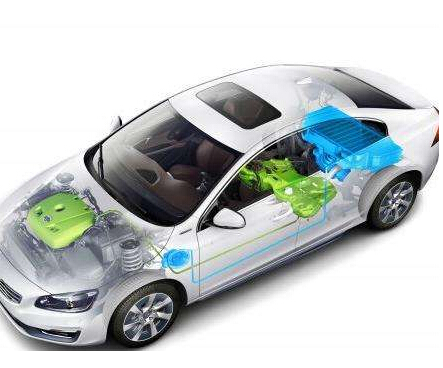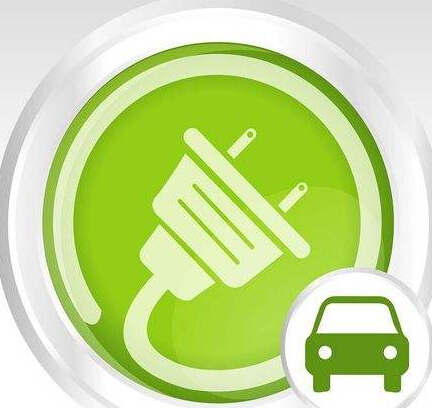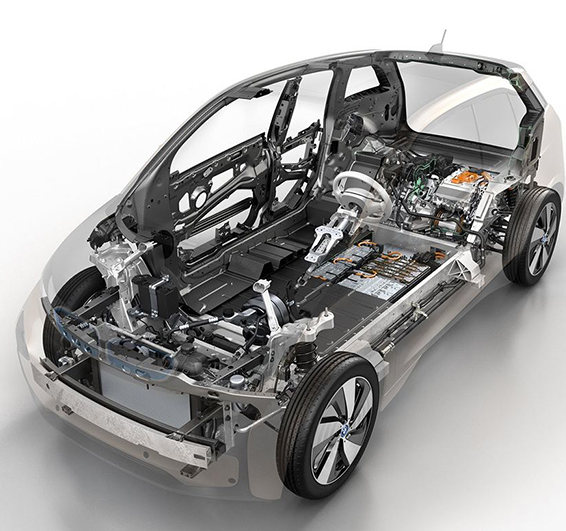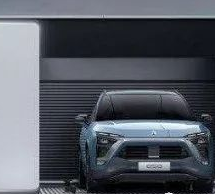In the new energy vehicle market, pure electric vehicles and plug-in hybrid cars are popular choices for consumers. But with regard to the extended-range electric car, many friends may not know why. Indeed, the impressions of the extended-range electric vehicles have always been small and mysterious. These models have very low visibility in domestic roads and few successful products in the international arena.
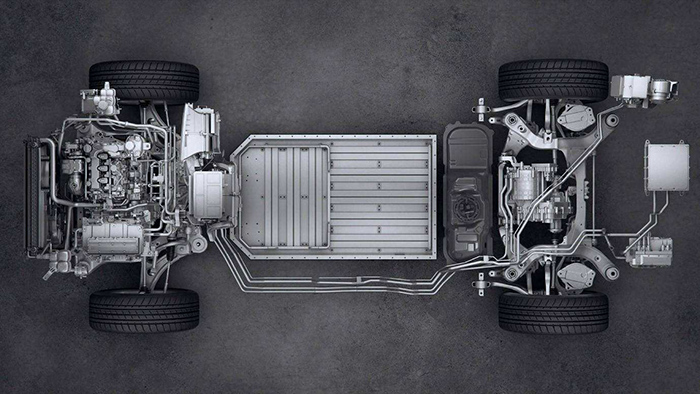
First of all, I will briefly introduce the working principle of the extended-range electric vehicle. The extended-range hybrid vehicle is based on the three-electric system of the pure electric vehicle. It adds a fuel-engine extended-range power generation system. The engine provides electric energy to drive the motor to work, or The battery is charged, but the engine does not participate in driving the vehicle directly from start to finish.
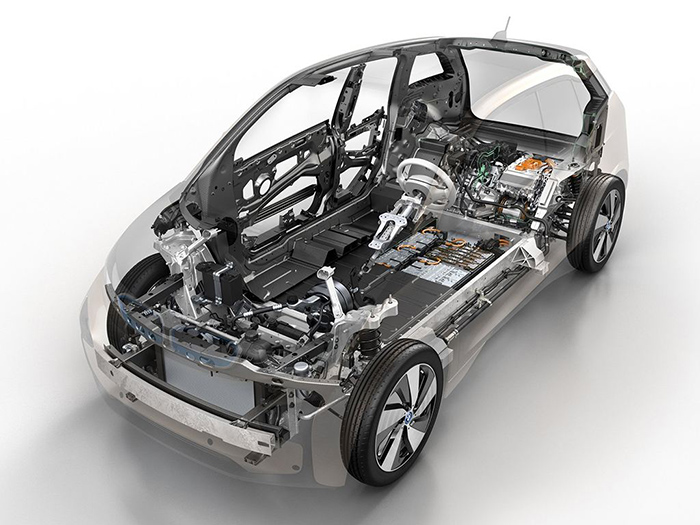
The advantage of such an extended program technology is outstanding. Although the base of the extended-range electric vehicle is derived from a pure electric vehicle, it complements the short board of the pure electric vehicle. Because the energy supply mode of the extended-range electric vehicle can not only provide regular charging, but also allow the range extender to provide power quickly by adding fuel, and increase the battery life, and bid farewell to the problem of difficulty in charging and long charging time. Therefore, even if the extended-range electric vehicle is not equipped with a large-capacity power battery, its extended range system can still solve your battery life anxiety, which is equivalent to an extended-range electric vehicle equipped with a “charge treasure”.
● High input costs and difficult development
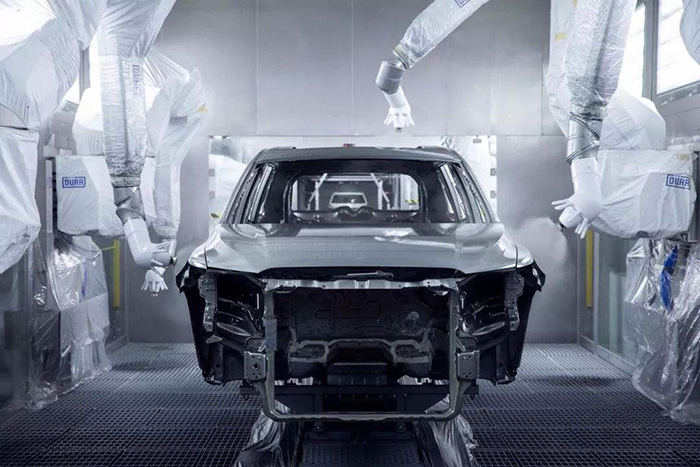
The composition of the extended-range electric vehicle does not sound complicated, and the user's vision is also quite good. However, in reality, how to overcome and realize such an extended program technology has caused many car companies to suffer headaches and even been directly scared off. Due to the uniqueness and technical advantages of the extended-range electric vehicles, car companies often need to create a dedicated production platform to be compatible with the space layout of the drive motor, power battery, engine, and generator, but the high cost of the car The company feels pressure.
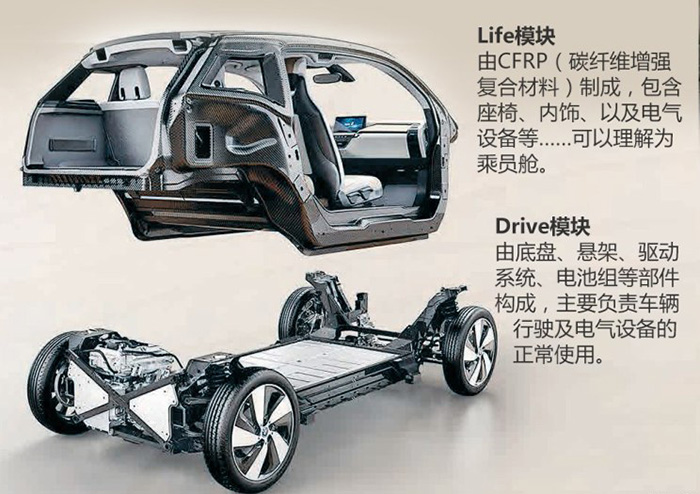
However, what really fears the car companies is facing a lot of technical problems. With the addition of the extended range system, it naturally brings some inevitable problems and influences. For example, how to deal with a series of problems such as heat dissipation, efficiency, NVH, battery life, especially the noise of the engine at high speed, and the smoothness of the range extender after charging are a major injury to the user experience, which requires engineers to It takes a lot of energy and time to accept the challenge.
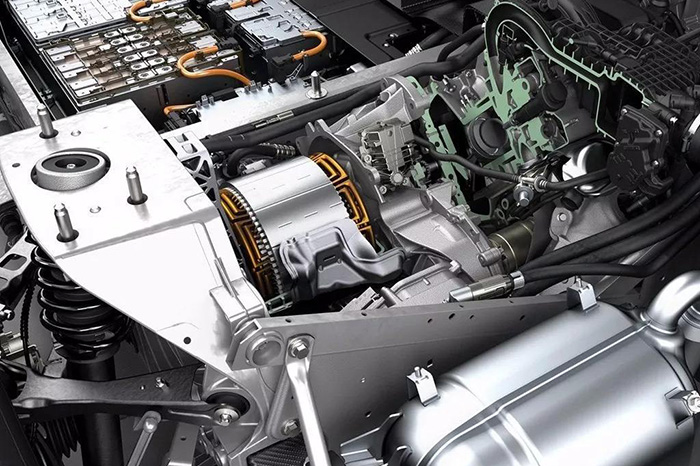
In terms of engines, the difficulty of technology development is also very high, because there are too many factors to consider. From volume, weight, efficiency to economy, design layout, etc., there are more stringent requirements. More importantly, how to coordinate and match between engine, generator, power battery, motor and vehicle control system. It can be said that this is A technical investment that is very brain-burning and burning money. It is to be understood that it is not easy for a car company to integrate three electric technologies. Together with an extremely complicated incremental program technology, the difficulty of vehicle development and adjustment can be imagined.
Since it is so difficult to develop an extended-range electric vehicle, is there any increase in the number of electric vehicles in the domestic new energy vehicle market? The answer is: yes. The following tram resources will take you to see two extended-range electric models for sale.
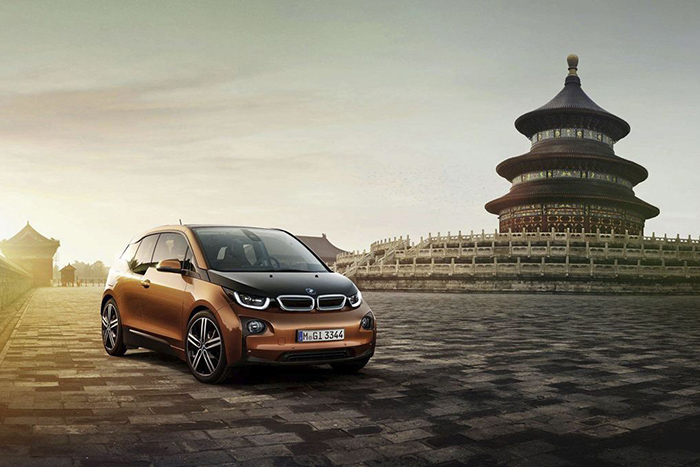 For the battery, the BMW i3 Extended Range uses a lithium-ion battery with a battery capacity of 33kWh. The official pure electric range is 240km. Although the range can be increased by the extended range system, since the tank volume is only 8L, the normal life of the BMW i3 Extended Range can reach 300km. In addition, it should be noted that the BMW i3 Extended Range Edition is not equipped with a fast charging interface, only two ways of refueling and slow charging, while the charging time of slow charging takes about 3.8 hours.
For the battery, the BMW i3 Extended Range uses a lithium-ion battery with a battery capacity of 33kWh. The official pure electric range is 240km. Although the range can be increased by the extended range system, since the tank volume is only 8L, the normal life of the BMW i3 Extended Range can reach 300km. In addition, it should be noted that the BMW i3 Extended Range Edition is not equipped with a fast charging interface, only two ways of refueling and slow charging, while the charging time of slow charging takes about 3.8 hours.
Edit Comment: At present, BMW i3 Extended Edition is in the market state of discontinued production. The BMW i3 Extended Edition, which was introduced to the domestic market as an importer, has not improved its product sales and reputation for many years. In addition to the high price factor, the endurance is not competitive enough. The advanced design and individuality of the model are also destined to be a big toy for a few people.
● Ideal ONE
● Ideal ONE
The ideal ONE (parameter|picture) is an extended-range electric vehicle with high attention and topicality in recent years. The new car was officially launched in April this year and is expected to be delivered to users in the fourth quarter of this year. As a new car power, the ideal car (formerly known as the car and home) is very rare to choose the direction of research and development of the extended program technology. Since the debut, the ideal car has positioned the ideal ONE as a "smart electric car without mileage anxiety."
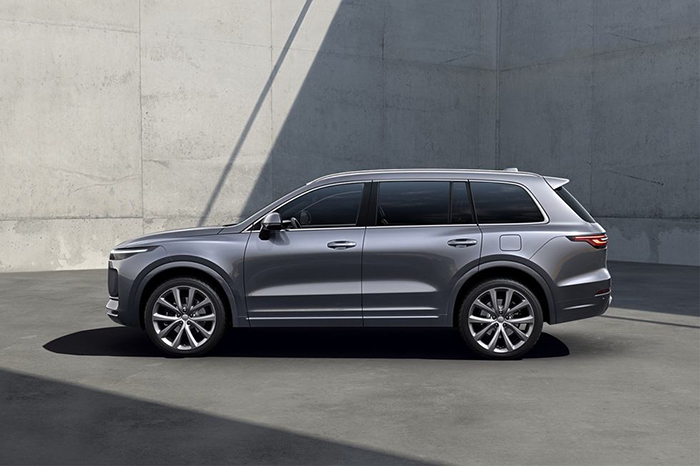
It is reported that the ideal ONE is based on pure electric platform development, equipped with front and rear dual electric drive four-wheel drive system, the integrated power is 240 kW, the peak torque is 530N•m, and the 0-100km/h acceleration time is 6.5 seconds. At the same time, it is equipped with a ternary lithium battery pack with a battery capacity of 40.5kWh (available power of 37.2 kWh). The NEDC pure electric vehicle has a cruising range of 180km. In addition, it also has a 1.2T three-cylinder engine, which makes the ideal ONE NEDC comprehensive battery life. The mileage exceeds 800km.

In terms of energy supply, the ideal ONE has three energy supply forms: fast charge, slow charge, and fuel power generation (60kW DC fast charge 20%-80% takes 30 minutes, home 7kW slow charge 0-100% takes 6 hours).
Edit Comment: From the performance of design and materials, the ideal ONE has indeed created a high level of luxury SUV. The ideal ONE officially claimed a comprehensive cruising range of more than 800km, plus three forms of energy supply, to some extent to solve user anxiety. As for the market performance of the ideal ONE, there is still a formal delivery of the new car.
● Summary of the full text:
Throughout the new energy vehicle market, extended-range electric vehicles have always existed in the market as special identities. Although the subsidy for the extended-range electric vehicle is not as good as that of the pure electric vehicle, according to the “Regulations on Investment Management of the Automobile Industry”, the extended-range electric vehicle has been classified as a pure electric vehicle investment project. Does this mean that the extended-range electric vehicle is about to usher in development? What? Regardless of the technical direction, in the new energy era that has not yet been shaped, it is likely to become the mainstream direction of the future. The "first comers" who dare to take the first step are all encouraged.
















 RCCN WeChat QrCode
RCCN WeChat QrCode Mobile WebSite
Mobile WebSite